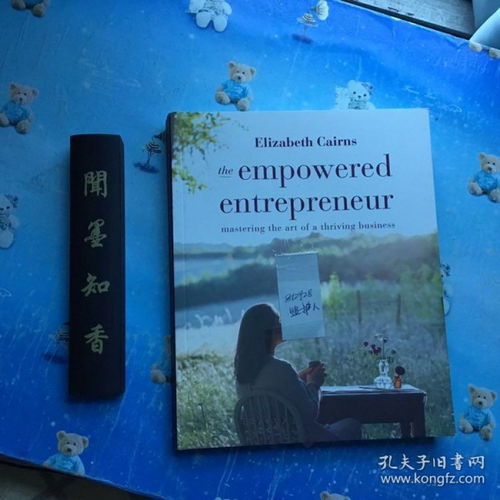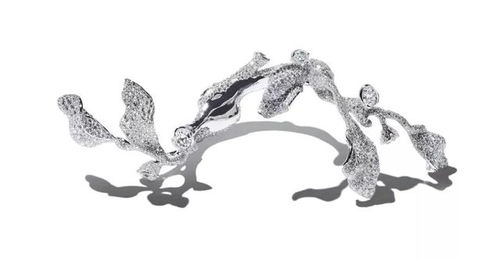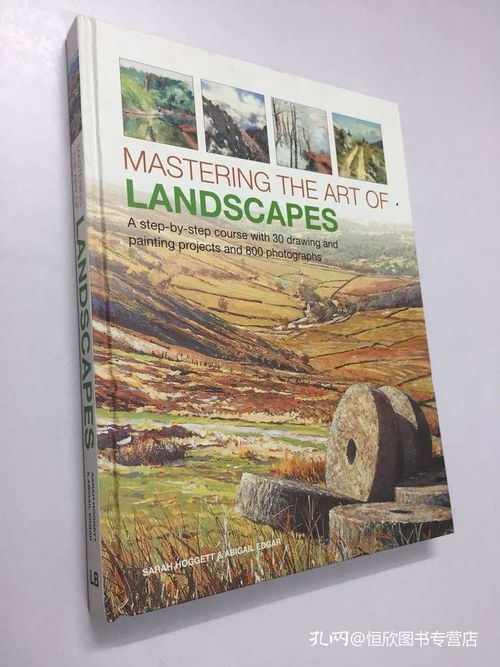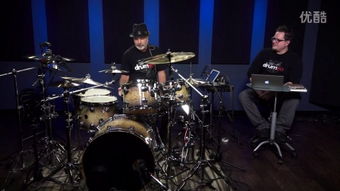Content:
Introduction: The world of fishing is vast and varied, offering anglers the opportunity to catch a myriad of species in diverse environments. Among the most awe-inspiring and challenging fish to catch is the giant crocodile. These ancient predators, known for their size and strength, have captured the imagination of anglers worldwide. In this article, we delve into the essential techniques and tips for mastering the art of catching giant crocodiles.
Understanding Crocodile Behavior: Before embarking on a crocodile fishing adventure, it is crucial to understand the behavior and habitat of these creatures. Crocodiles are most active during dawn and dusk, and they prefer to bask in the sun during the midday heat. They are highly territorial and are often found near water sources such as rivers, lakes, and swamps. By studying their behavior, anglers can increase their chances of a successful catch.
Choosing the Right Equipment: To catch a giant crocodile, you need the right equipment. Here are some essential tools and tips for selecting the appropriate gear:
Rod and Reel: A heavy-duty rod and reel combination is a must. Look for a rod with a strong backbone and a reel capable of handling the immense pressure and weight of a crocodile.
Line: Use a high-test monofilament line or braided line with a breaking strength of at least 80 to 100 pounds. This will ensure that your line can withstand the powerful bites and struggles of a crocodile.
Hooks: Large, strong hooks are essential. Circle hooks are often recommended as they are less likely to be pulled out of the crocodile's mouth.
Bait: Choose a bait that appeals to crocodiles, such as fish, chicken, or beef. The size of the bait should be proportional to the size of the crocodile you are targeting.

Waders and Boots: Proper waders and boots are essential for safely entering the water and navigating through the terrain.
First Aid Kit: Always carry a first aid kit to treat any injuries that may occur during the fishing trip.
Strategies for Catching Giant Crocodiles:
Location, Location, Location: Research and choose a location with a high concentration of crocodiles. Consult with local guides or experienced anglers to find the best spots.
Patience is Key: Crocodile fishing requires patience. Spend time observing the behavior of the crocodiles in the area and look for signs of feeding or resting patterns.
Cast with Precision: When casting, aim for areas where crocodiles are likely to be, such as along the edges of the water or near obstacles like logs or rocks.
Wait for the Bite: Once your bait is in the water, wait for the crocodile to take the bait. Be prepared for a sudden and powerful bite, which may feel like a solid wall of flesh.
Control the Line: When a crocodile bites, maintain control of the line. Avoid pulling too hard, as this may cause the crocodile to swim away. Instead, reel in slowly and steadily, applying steady pressure to tire the crocodile.
Keep Your Distance: When fighting a crocodile, always keep a safe distance. Never turn your back on the animal, as it can quickly close the distance and attack.
Secure the Catch: Once the crocodile is close to the boat, use a gaff or net to secure it. Be cautious when handling the crocodile, as it can be dangerous.
Take Photos and Release: After capturing the crocodile, take photos to document your achievement. If possible, release the crocodile back into the wild to preserve the species.
Conclusion: Catching a giant crocodile is a challenging and rewarding experience that requires patience, skill, and the right equipment. By understanding the behavior of these ancient predators and following the essential techniques outlined in this article, anglers can increase their chances of a successful catch. Remember to prioritize safety and respect for these magnificent creatures, and you will be well on your way to mastering the art of catching giant crocodiles.












